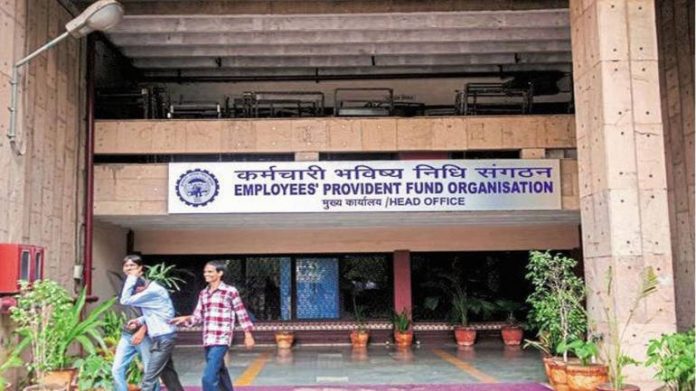HIGHLIGHTS
- Income tax rules on EPF withdrawal are framed to discourage early withdrawal
- In some cases, income tax rules allow exemption on EPF withdrawal
EPF or employee provident fund savings are meant for retirement years. So financial planners advise against early withdrawal. To discourage early withdrawal, the government has framed income tax rules accordingly, encouraging transfer of PF savings as an employee changes jobs. But in some special cases, income tax rules allow some concessions. According to the Employees’ Provident Fund (EPF) Act, 1952, 12% of an employee’s basic salary and dearness allowance has to be invested into EPF and the employer needs to invest an equal sum.
Income tax rules on EPF withdrawal
1) If the employee has rendered continuous service for a period of five years or more, EPF withdrawal does not attract any tax liability. It is to be noted that for calculating the five-year time limit, services rendered with the previous employer is also included. Or in other words, if the PF account balance of the previous employee has been transferred to the current employer and the total the continuous period of service exceeds five years, EPF withdrawal does not attract any tax liability, even though each stint is for less than five years.
2) Even if the employee has not rendered such continuous service for five years, in certain cases EPF withdrawal is not taxable: The services has been terminated due to employees’ ill health, contraction or discontinuance of the employer’s business or any other cause beyond the control of the employee.
3) After 36 months of the last active contribution in a EPF account, it gets categorised as dormant or inoperative account. The PF account continues to earn interest till the account holder reaches the retirement age. But it is to be noted that the interest earned after leaving the employment will be considered taxable, say tax experts.
4) Income tax exemption is also allowed for one-time portability from a recognized provident fund to NPS. This had come into effect from assessment year 2017-18.
5) On withdrawal before five years of continuous service, TDS or tax deducted at source at 10% is levied. If the amount is more than ₹50,000, and period of service is less than five years, Form 15G/15H can be submitted to avoid TDS for subscribers having no taxable income.


